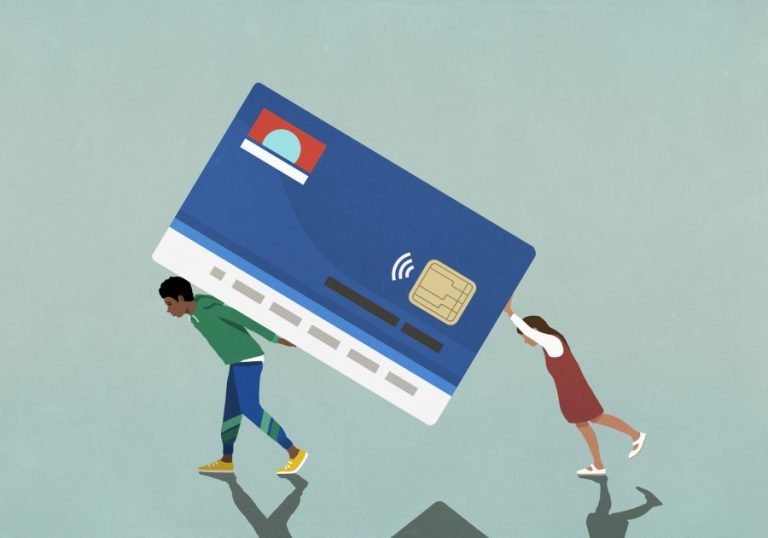(NewsNation) — Total household debt climbed to a record $18.6 trillion last quarter, and while most borrowers remain on track with payments, young Americans are feeling the pressure.
During the third quarter, 3% of outstanding balances became seriously delinquent — 90 days or more past due — the largest quarterly increase since 2014, according to the Federal Reserve Bank of New York. Among those ages 18 to 29, the rate was about 5% — more than double a year earlier and the highest of any age group.
Much of that strain reflects missed student loan payments, with total outstanding debt climbing to a record $1.65 trillion last quarter.
The typical first-time homebuyer is older than ever, new report shows
Total household debt by category as of Q3 2025 (Federal Reserve Bank of New York)
Mortgage Debt: $13.07 trillion
Auto Debt: $1.66 trillion
Student Debt: $1.65 trillion
Credit Card Debt: $1.23 trillion
Other: $0.55 trillion
Home equity line of credit: $0.42 trillion
New York Fed researchers noted “elevated” delinquency rates in Wednesday’s report but emphasized that most categories — including auto loans, credit cards, and mortgages — have remained largely stable.
“The relatively low mortgage delinquency rates reflect the housing market’s resilience, driven by ample home equity and tight underwriting standards,” Donghoon Lee, economic research advisor at the New York Fed, said in a release.
Overall, 4.5% of outstanding debt was in some stage of delinquency last quarter — the highest level since early 2020 but roughly in line with pre-pandemic norms and nowhere near the 11% levels seen in 2009.
The findings suggest that while Americans continue to rack up debt, they aren’t falling behind on their payments at an alarming rate.
Ted Rossman, senior industry analyst at Bankrate, noted that the household debt-to-income ratio is lower now than it was from the late 1990s through the late 2010s.
“It has risen over the past five years, but not in a particularly worrisome fashion,” Rossman said in a statement on Wednesday.
A growing divide between the haves and have-nots
Delinquency rates may not be spiking, but there’s growing evidence of an economy pulling apart — with some borrowers thriving and others struggling to stay afloat.
The pattern increasingly resembles a K-shaped economy, in which higher-income households continue to spend and build wealth while those with lower incomes face mounting financial stress.
A recent report found that the top 10% of U.S. households now account for nearly half of all consumer spending. Major companies — from airlines to hotels — say their premium offerings are driving growth.
Has America’s economy gone K-shaped? Here’s what to know
The divide is also evident in consumer credit, where the share of higher-risk, subprime borrowers has reached levels not seen since 2019, according to a recent TransUnion report. At the same time, the number of super-prime borrowers — those with the strongest credit profiles — has also increased.
“As consumers increasingly shift toward the extremes of the credit risk spectrum, it’s no surprise we’re seeing the sharpest growth in credit card and auto activity within those tiers,” Michele Raneri, vice president and head of U.S. research and consulting at TransUnion, said in the report.
Last quarter, the average credit card debt per borrower rose to $6,523, with nearly 175 million consumers carrying a balance.
During a press conference last week, Federal Reserve Chair Jerome Powell acknowledged the diverging economic reality, saying there’s a lot of “anecdotal data” showing that “consumers at the lower end are struggling” but at the top, “people are spending.”
“We think there’s something there,” Powell added, referring to the emerging K-shaped economy.

